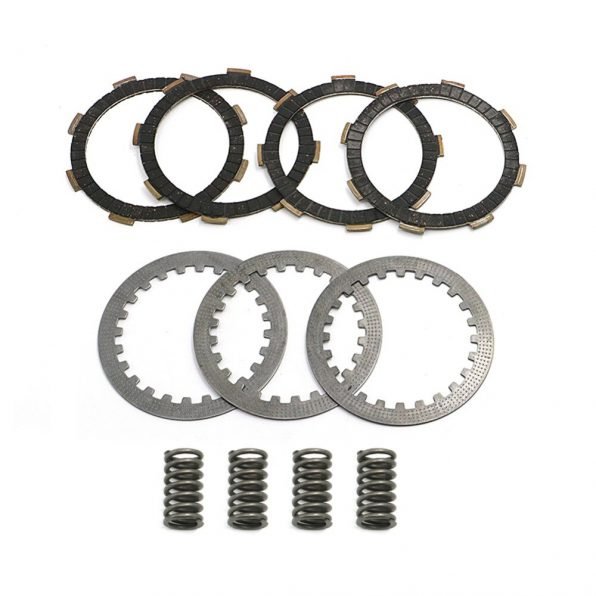Fast charging – NTO anodes can safely recharge lithium-ion batteries in as little as six minutes, putting Horwin’s sub-10-minute charge aim within reach.
Toshiba’s next-generation SCiB batteries, which use niobium titanium oxide anodes, aim for a 1.5-fold increase in energy density. This means you can get longer range out of the same size battery.
Streamlined – Smaller, lighter batteries with higher energy density can be employed, which enhances the remainder of the bike’s design. Alternatively, companies might occupy the same space with more people and have a longer range and more power.
Lower cost – Because NTO batteries are expected to last a long time, even when fast-charged, they should never need to be replaced: 20,000 charges, each with a range of 150 kilometres, equals 3 million kilometres.
Longevity – Existing SCiB batteries with LTO anodes have 20,000 charge/discharge cycles, and future niobium versions are expected to have the same endurance. During ultra-fast charging, NTO anodes experience less lithium metal deposition (which can cause internal short-circuits) than conventional designs.











